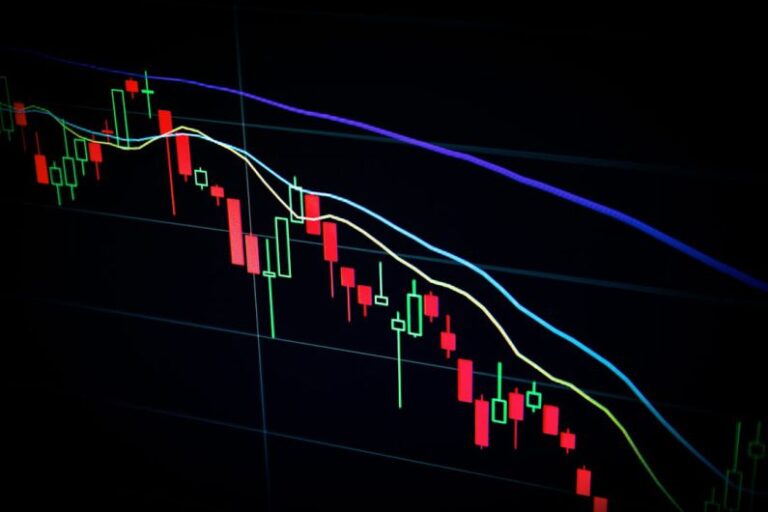Advancing with a Circular Economy in Supply Chain
**Advancing with a Circular Economy in Supply Chain**
With the increasing urgency to address climate change and reduce waste, businesses around the world are looking towards more sustainable practices in their supply chains. One such approach gaining traction is the concept of a circular economy. Embracing a circular economy in the supply chain can lead to not only environmental benefits but also economic advantages. Let’s delve into how companies can advance their operations by adopting circular principles in their supply chains.
**Maximizing Resource Efficiency**
A key principle of a circular economy is maximizing resource efficiency by reducing, reusing, and recycling materials. In the traditional linear economy model, resources are extracted, used, and then disposed of as waste. However, in a circular economy, resources are kept in use for as long as possible through strategies like remanufacturing, refurbishing, and recycling. By implementing these practices in the supply chain, companies can minimize waste generation and lower their reliance on virgin resources.
**Designing for Circularity**
Designing products and packaging with circularity in mind is essential for transitioning to a circular supply chain. This involves creating products that are durable, repairable, and made from recyclable materials. By designing for disassembly, components can be easily separated and reused or recycled at the end of a product’s life cycle. Companies need to collaborate with suppliers and manufacturers to ensure that products are designed in a way that facilitates circularity.
**Implementing Reverse Logistics**
Reverse logistics is a crucial component of a circular supply chain as it involves the management of product returns and end-of-life disposal. Instead of disposing of returned or unsold products, companies can refurbish them for resale, extract valuable components for reuse, or recycle materials to create new products. By optimizing reverse logistics processes, businesses can recover value from products that would have otherwise been considered waste.
**Fostering Collaboration Across the Supply Chain**
Collaboration is key to advancing with a circular economy in the supply chain. Companies need to work closely with suppliers, manufacturers, distributors, and customers to ensure that circular principles are integrated throughout the entire value chain. This may involve sharing best practices, setting sustainability targets, and jointly developing innovative solutions to improve resource efficiency and reduce waste generation.
**Measuring and Monitoring Performance**
To track progress towards a circular supply chain, companies need to establish key performance indicators (KPIs) related to resource efficiency, waste reduction, and circularity. By measuring and monitoring performance, businesses can identify areas for improvement and make data-driven decisions to optimize their operations. Transparency in reporting on sustainability metrics is also important to demonstrate accountability to stakeholders and build trust with consumers.
**Embracing Innovation and Technology**
Advancing with a circular economy in the supply chain requires embracing innovation and technology to drive sustainable practices. Technologies like blockchain, Internet of Things (IoT), and artificial intelligence can be leveraged to improve traceability, transparency, and efficiency in supply chain operations. By investing in research and development, companies can discover new ways to close the loop on materials and create a more sustainable supply chain.
**Moving Towards a Circular Future**
As businesses navigate the transition towards a circular economy in the supply chain, they will encounter challenges and opportunities along the way. Embracing circular principles requires a shift in mindset, organizational culture, and business practices. However, the benefits of adopting a circular economy approach, such as cost savings, risk mitigation, and enhanced brand reputation, make it a worthwhile endeavor for companies looking to thrive in a more sustainable future.
**In Summary**
By maximizing resource efficiency, designing for circularity, implementing reverse logistics, fostering collaboration, measuring performance, embracing innovation, and technology, businesses can advance with a circular economy in the supply chain. Embracing a circular economy not only benefits the environment but also creates value for companies by promoting sustainable practices and driving positive change in the global economy. As the world moves towards a more circular future, companies that proactively adopt circular principles in their supply chains will be better positioned to succeed in a rapidly changing business landscape.





